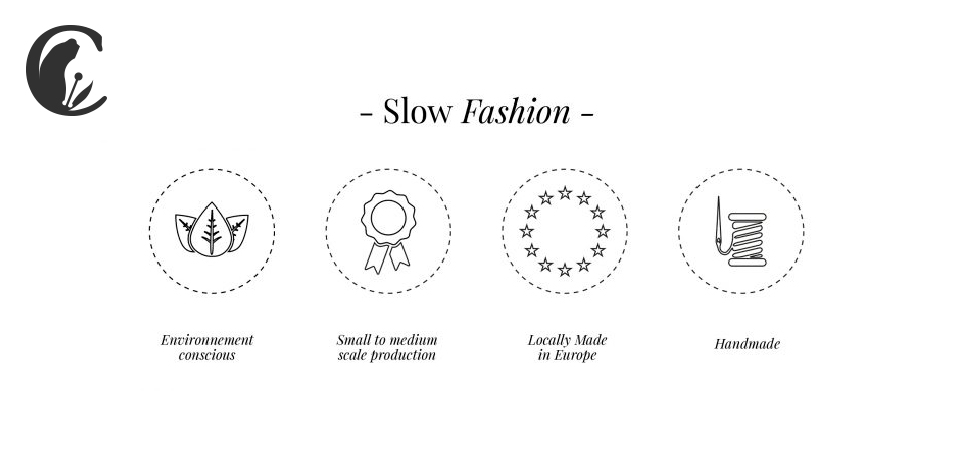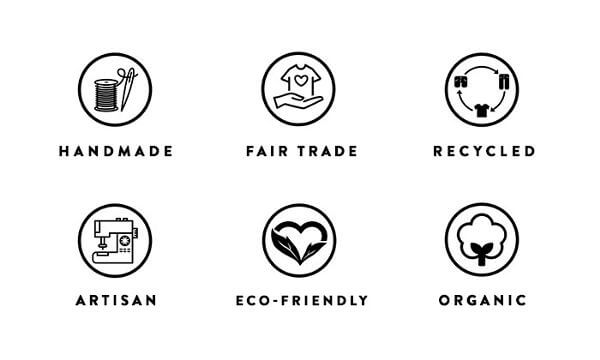Slow Fashion
Slow fashion is a movement that considers the processes and resources used to create clothes to conceive fashion from a conscious, ethical, and respectful approach to environment, workers, and consumers. Above all, with a focus on sustainability.
To understand the slow fashion movement, it is necessary to understand what responsible consumption is. We must bear in mind that natural resources can be depleted and that one day we will run out of it.

Where does the concept of slow fashion come from?
The slow fashion movement wants to make people aware of the need to consume fashion in a conscious and intentional way, and to do so, it is necessary to consider the three R’s: reduce, reuse, and recycle.
This movement wants to convey to the consumer that what needs tobe done is to reduce the impact of the excessive production and consumption generated by the “fast fashion” textile industry, the second most polluting industry in the world.
Since a few years ago, the fashion industry went from four collections per year to around eight or then per season, hence the so-called fast fashionconcept.
Slow fashion aims to demand that the owners of these big brands to be more transparent, more ethical, and responsible in the way they make their products.
But once again, the slow fashion movement invites us to change our consumption habits and of course we all have to do it, not only the companies but also ourselves as consumers, so that policies can change.
So, the next time you go shopping you should ask yourself the following questions: Do I really need it? can I share it? Is it a garment I can share with my brother or sister?
Who made my clothes? How is it made? What was the process? How did the clothes arrive to the store? (By plane, by ship…) Can it be recycled? How much does it cost? How long does it last? What other options are there? Do I need it?
All these questions can refer to the concept used as upcycling which helps us to understand that any garment can still be used, either by repairing it, selling it for second-hand pieces or recycling the fabric to give it a new function.
6 steps for you to practice slow fashion:
- Repair, redesign and give another life cycle to your form.
- Make sure all stages of production have been ecofriendly and natural.
- High quality and timeless design.
- Their production process has been ethical and socially humanely faire.
- That has been made by your dressmaker, seamstress or seamstresses using your local sewing shop.
- Buy second hand or vintage, avoid buying new clothes as much as possible. Nowadays you can even exchange them.

How do we adapt slow fashion by producing our silk scarves?
- Our fabrics are often more expensive compared to fast fashion fabrics because they are produced in an environmentally friendly way (less water, less use of pesticides and herbicides).
- All workers involved in the manufacturing process are remunerated with a living wage and good working conditions.
- Our silk fabrics are high quality and durable and we can give a long-life span. In this way we avoid waste of fabric.
- The process of a silk scarf is laborious and costly from the first step to the last, making the product 100% handmade.
- We are committed to small-scale production, minimizing costs, and avoiding waste.
